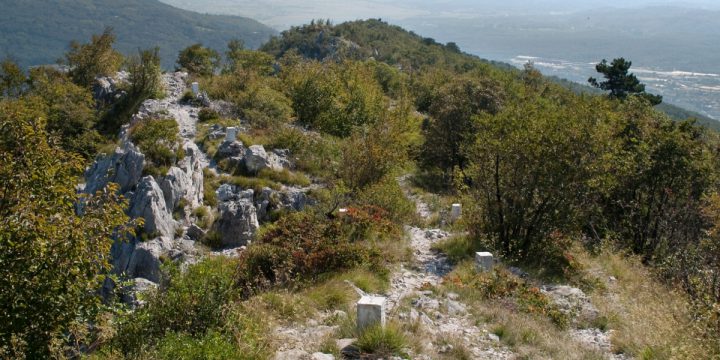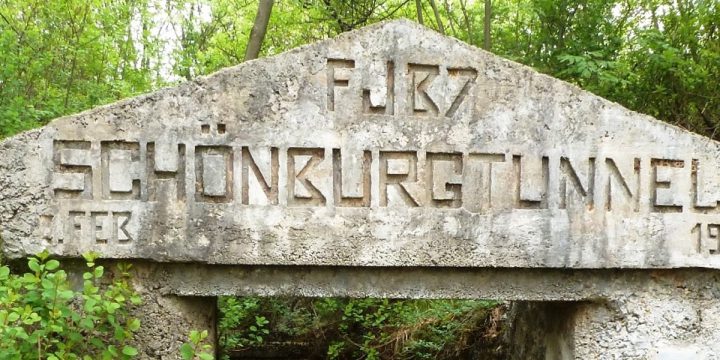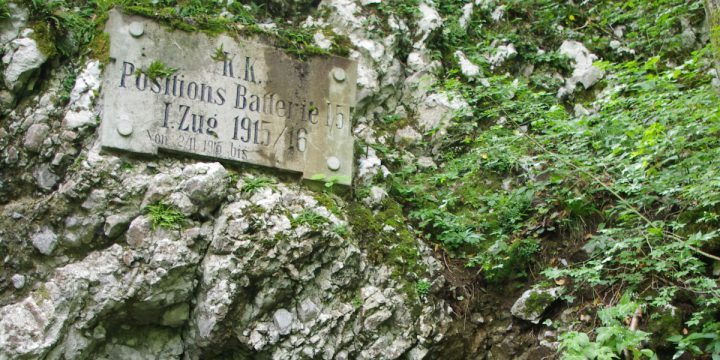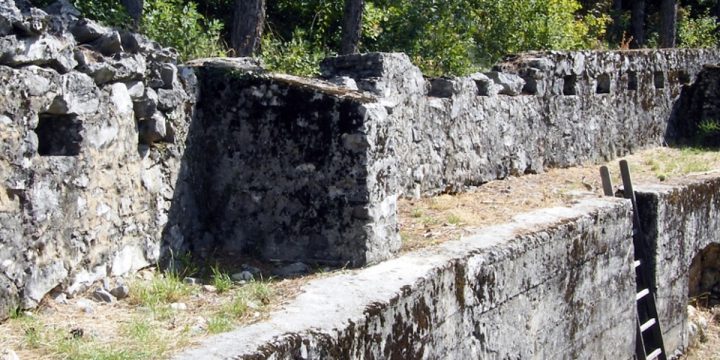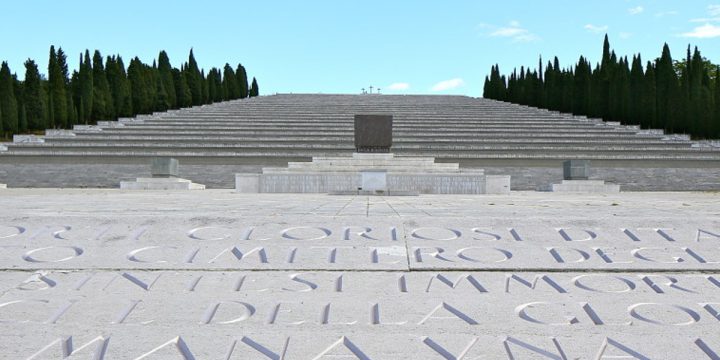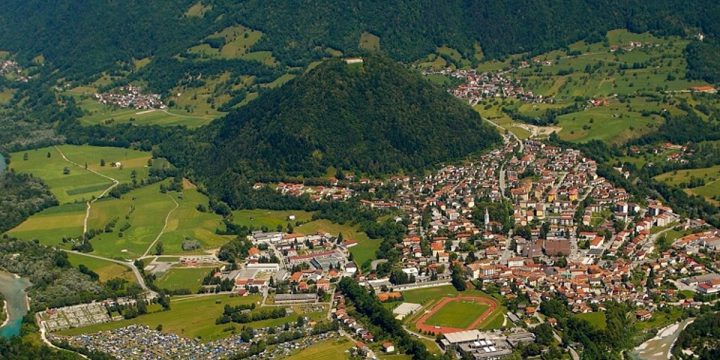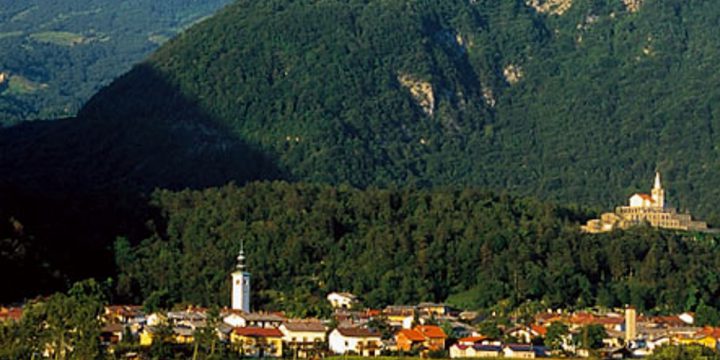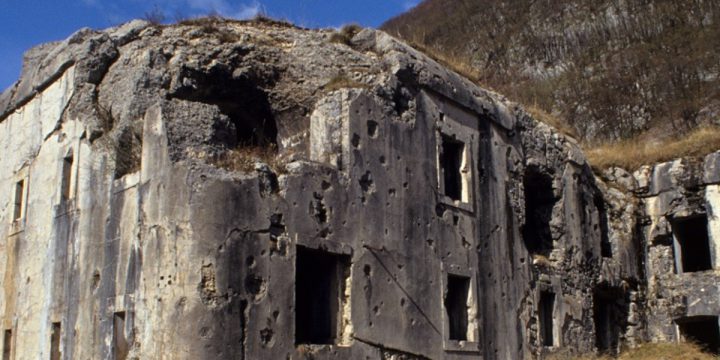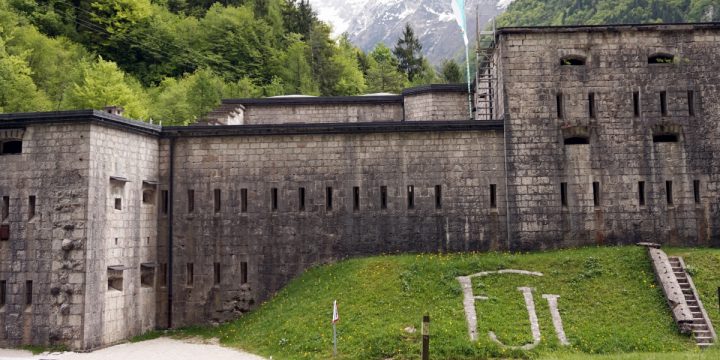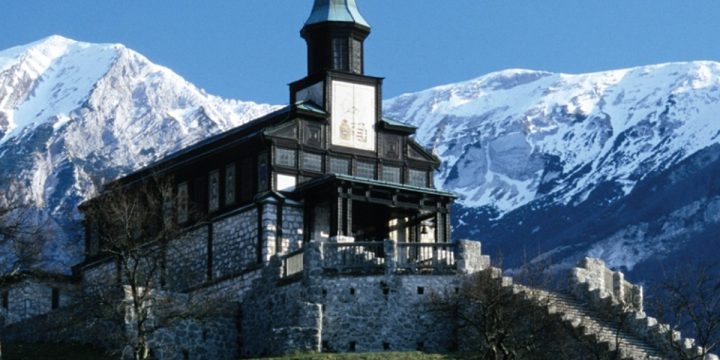
Javorca, Memorial Church of the Holy Spirit
Javorca, Memorial Church of the Holy Spirit High above the stream of the Tolminka rises a wooden shrine – the Memorial Church in Javorca. The Memorial Church of the Holy Spirit in Javorca is dedicated to fallen Austro-Hungarian defenders of the Tolmin battlefield on the Soča (Isonzo) Front (1915–1917). As the finest monument to the First World War in the territory of Slovenia, in 2007 the church was classed as a historical monument bearing the European Cultural Heritage sign. It is also one of the stations along the historical Path of Peace trail, which links together monuments and remains from the First World War in the upper Soča region. Over the entrance door the inscription reads: This monument was built during the war by members of the 3rd Mountain…

